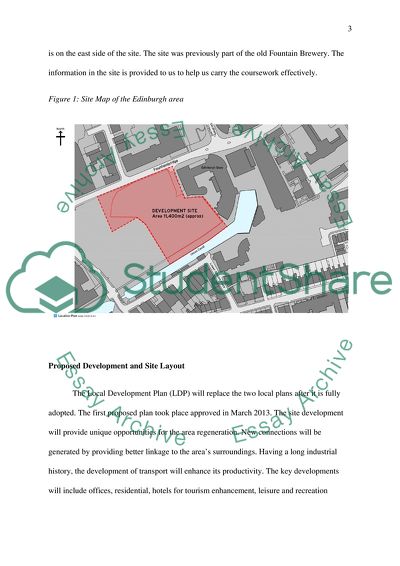Cite this document
(Development Planning and Transport Assessment Report Example | Topics and Well Written Essays - 2500 words, n.d.)
Development Planning and Transport Assessment Report Example | Topics and Well Written Essays - 2500 words. https://studentshare.org/engineering-and-construction/1842529-development-planning-transport-assessment
Development Planning and Transport Assessment Report Example | Topics and Well Written Essays - 2500 words. https://studentshare.org/engineering-and-construction/1842529-development-planning-transport-assessment
(Development Planning and Transport Assessment Report Example | Topics and Well Written Essays - 2500 Words)
Development Planning and Transport Assessment Report Example | Topics and Well Written Essays - 2500 Words. https://studentshare.org/engineering-and-construction/1842529-development-planning-transport-assessment.
Development Planning and Transport Assessment Report Example | Topics and Well Written Essays - 2500 Words. https://studentshare.org/engineering-and-construction/1842529-development-planning-transport-assessment.
“Development Planning and Transport Assessment Report Example | Topics and Well Written Essays - 2500 Words”. https://studentshare.org/engineering-and-construction/1842529-development-planning-transport-assessment.


